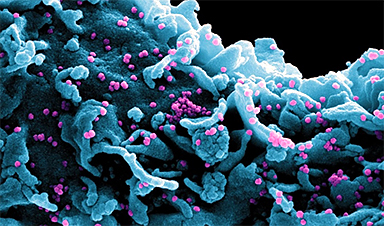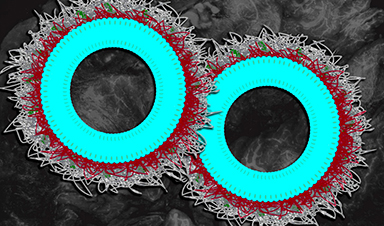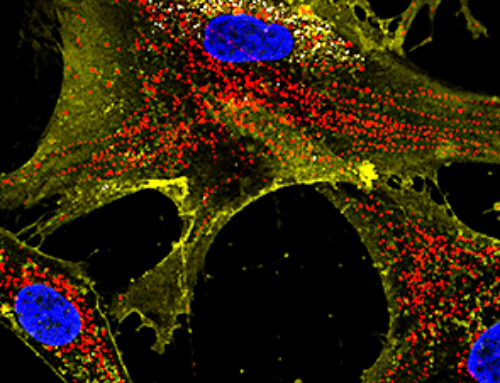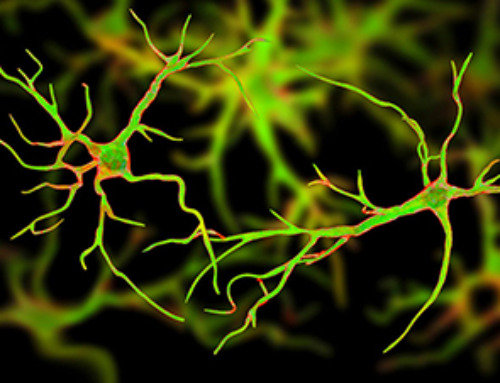Viruses originating from birds and animals are known as zoonotic viruses. When these viruses are transmitted to humans through direct or indirect contact with infected populations, they cause a zoonotic spillover. Approximately 70% of infectious diseases over the last three decades are zoonotic. Because no immediate diagnosis or effective cure is available for the new virus, outbreaks, epidemics, and pandemics are likely to spread rapidly.
Background
Such viruses include Influenza A, Ebola, and three coronaviruses. Coronaviruses (CoV) have caused life-threatening epidemics such as severe acute respiratory syndrome (SARS)-CoV and the Middle East respiratory syndrome (MERS)-CoV in the last five decades. The ongoing COVID-19 (coronavirus disease 2019) pandemic is one such zoonotic virus that has rapidly caused over 211 million infections and over 4.43 million deaths worldwide since December 2019. The severe acute respiratory syndrome virus (SARS-CoV-2), the etiological agent of COVID-19, is a novel coronavirus strain transmitted by mammals.
Viruses and nanoparticles are in a comparable size range. The latter having attractive properties such as small size, large surface-to-volume ratio, susceptibility to modification, and intrinsic viricidal activity. Therefore, scientists functionalize nanoparticles to act against these pathogenic viruses in a clinical strategy. In a recent review published in the journal Microbial Pathogenesis, researchers look at the novel solutions against zoonotic viruses provided by nanotechnology.
Scope and classification of nanomaterials
Nanomaterials are described as ‘materials containing structural nanoelements which considerably improve or cause qualitatively new physical, chemical, biological, mechanical, and other properties.’ Excellent properties like the high surface area to volume ratio, high thermal conductivity, and faster signal transduction make the nanomaterials useful in clinical and biomedical applications. For example, nanomaterials in viral diagnostics have advanced sensitivity, the capability of multiplexing, and cost-effectiveness.
Detection of viruses
Rapid and reliable diagnostics is crucial to defend against any viral outbreak, especially in the case of a highly virulent strain. Conventional molecular diagnostic techniques rely on the amplification of the viral nucleic acids. However, these methods are time-consuming processes with lower specificity and accuracy – nanotechnology can remarkably address the challenges. Immobilizing specific ligands on the nanometric scale, nanotechnology is employed for molecular imaging and profiling in diagnostics.
Nanosensors, for rapid biosensing of virus-associated proteins, are advances in nanotechnology that are widely employed. Nano-sensors are nanoparticle-based devices that can sense signals at a nanoscale comprising three major components; a signal transducer, a receiver, and a detector with a monitoring output. Using these highly sensitive nano-sensors along with other analyzing instruments increases the detection efficiency and also helps deal with the point-of-care type (POCT) pervasive detection systems.
Novel magnetic relaxation nanosensors are used to rapidly detect influenza-associated proteins, adenovirus, and Herpes simplex virus (HSV). Few examples include: multiplex colorimetric paper-based analytical devices using silver nanoparticles can detect MERS-CoV, gold nanoparticles and quantum dots stain for HPV (Human papillomavirus), and chiroimmunosensors can detect infectious bronchitis virus.
News
Multifunctional Nanogels: A Breakthrough in Antibacterial Strategies
Antibiotic resistance is a growing concern - from human health to crop survival. A new study successfully uses nanogels to target and almost entirely inhibit the bacteria P. Aeruginosa. Recently published in Angewandte Chemie, the study [...]
Nanoflowers rejuvenate old and damaged human cells by replacing their mitochondria
Biomedical researchers at Texas A&M University may have discovered a way to stop or even reverse the decline of cellular energy production—a finding that could have revolutionary effects across medicine. Dr. Akhilesh K. Gaharwar [...]
The Stunning New Push to Protect the Invisible 99% of Life
Scientists worldwide have joined forces to build the first-ever roadmap for conserving Earth’s vast invisible majority—microbes. Their new IUCN Specialist Group reframes conservation by elevating microbial life to the same urgency as plants and [...]
Scientists Find a Way to Help the Brain Clear Alzheimer’s Plaques Naturally
Scientists have discovered that the brain may have a built-in way to fight Alzheimer’s. By activating a protein called Sox9, researchers were able to switch on star-shaped brain cells known as astrocytes and turn them into [...]
Vision can be rebooted in adults with amblyopia, study suggests
Temporarily anesthetizing the retina briefly reverts the activity of the visual system to that observed in early development and enables growth of responses to the amblyopic eye, new research shows. In the common vision [...]
Ultrasound-activated Nanoparticles Kill Liver Cancer and Activate Immune System
A new ultrasound-guided nanotherapy wipes out liver tumors while training the immune system to keep them from coming back. The study, published in Nano Today, introduces a biodegradable nanoparticle system that combines sonodynamic therapy and cell [...]
Magnetic nanoparticles that successfully navigate complex blood vessels may be ready for clinical trials
Every year, 12 million people worldwide suffer a stroke; many die or are permanently impaired. Currently, drugs are administered to dissolve the thrombus that blocks the blood vessel. These drugs spread throughout the entire [...]
Reviving Exhausted T Cells Sparks Powerful Cancer Tumor Elimination
Scientists have discovered how tumors secretly drain the energy from T cells—the immune system’s main cancer fighters—and how blocking that process can bring them back to life. The team found that cancer cells use [...]
Very low LDL-cholesterol correlates to fewer heart problems after stroke
Brigham and Women's Hospital's TIMI Study Group reports that in patients with prior ischemic stroke, very low achieved LDL-cholesterol correlated with fewer major adverse cardiovascular events and fewer recurrent strokes, without an apparent increase [...]
“Great Unified Microscope” Reveals Hidden Micro and Nano Worlds Inside Living Cells
University of Tokyo researchers have created a powerful new microscope that captures both forward- and back-scattered light at once, letting scientists see everything from large cell structures to tiny nanoscale particles in a single shot. Researchers [...]
Breakthrough Alzheimer’s Drug Has a Hidden Problem
Researchers in Japan found that although the Alzheimer’s drug lecanemab successfully removes amyloid plaques from the brain, it does not restore the brain’s waste-clearing system within the first few months of treatment. The study suggests that [...]
Concerning New Research Reveals Colon Cancer Is Skyrocketing in Adults Under 50
Colorectal cancer is striking younger adults at alarming rates, driven by lifestyle and genetic factors. Colorectal cancer (CRC) develops when abnormal cells grow uncontrollably in the colon or rectum, forming tumors that can eventually [...]
Scientists Discover a Natural, Non-Addictive Way To Block Pain That Could Replace Opioids
Scientists have discovered that the body can naturally dull pain through its own localized “benzodiazepine-like” peptides. A groundbreaking study led by a University of Leeds scientist has unveiled new insights into how the body manages pain, [...]
GLP-1 Drugs Like Ozempic Work, but New Research Reveals a Major Catch
Three new Cochrane reviews find evidence that GLP-1 drugs lead to clinically meaningful weight loss, though industry-funded studies raise concerns. Three new reviews from Cochrane have found that GLP-1 medications can lead to significant [...]
How a Palm-Sized Laser Could Change Medicine and Manufacturing
Researchers have developed an innovative and versatile system designed for a new generation of short-pulse lasers. Lasers that produce extremely short bursts of light are known for their remarkable precision, making them indispensable tools [...]
New nanoparticles stimulate the immune system to attack ovarian tumors
Cancer immunotherapy, which uses drugs that stimulate the body’s immune cells to attack tumors, is a promising approach to treating many types of cancer. However, it doesn’t work well for some tumors, including ovarian [...]





















